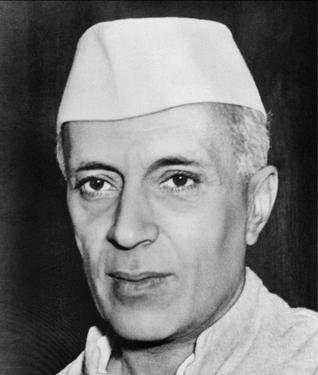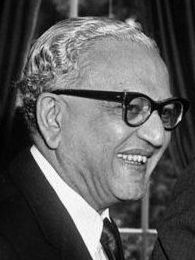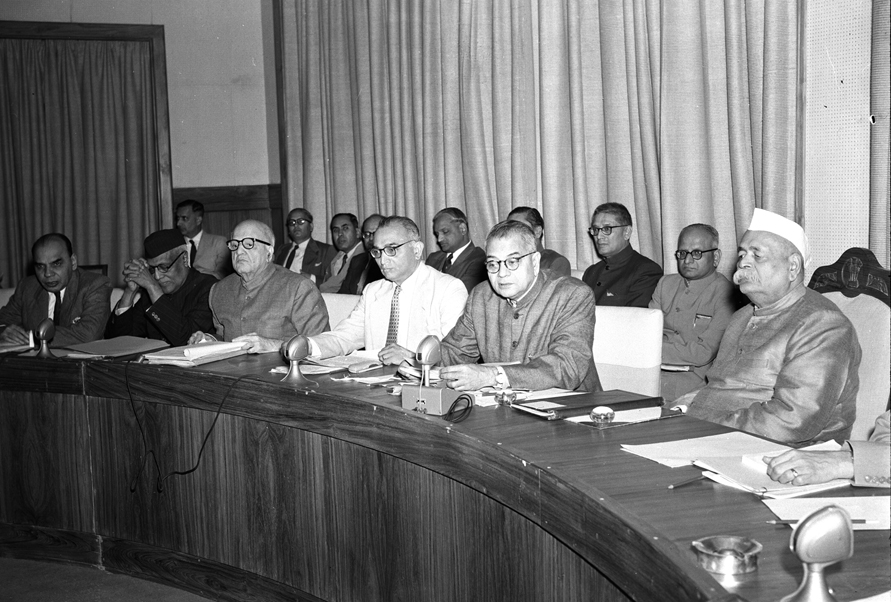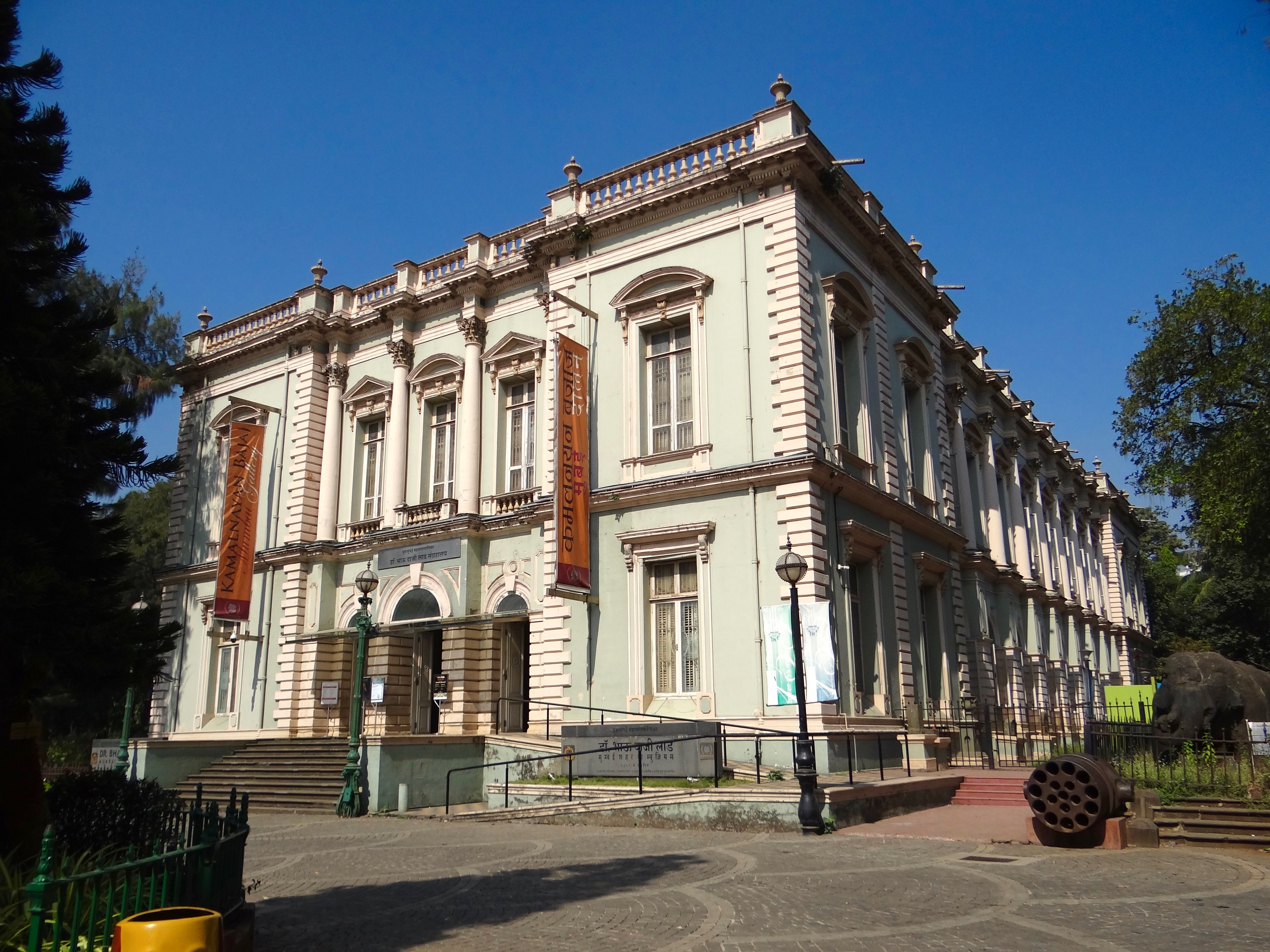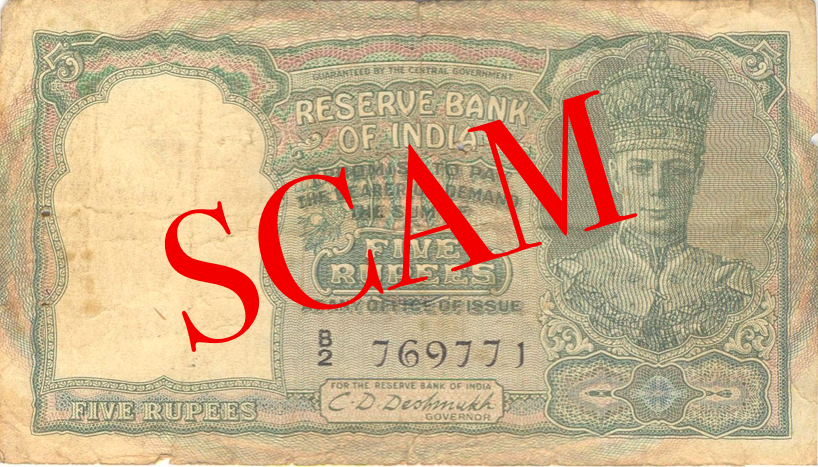
India’s First Major Financial Scandal- the Mundhra Scam
India’s First Major Financial Scandal- the Mundhra Scam
The Mundhra Scandal gathered nationwide interest after all it was India’s First Major Financial Scandal
“Zindagi ke Saath bhi, zindagi ke baad bhi”
If you are an Indian you should know who I am talking about.
The Life Insurance Corporation of India is the biggest life insurance company in this fast growing economy. But did you know, till 2000 LIC was the only life insurance company in India.
Why was this so?
Ram Krishna Dalmia was probably India’s first swindler. A man of questionable morals, his manipulative methods and fraud induced the government to create the Life Insurance Act 1956. According to this act a life insurance could be owned solely by the government and not by private individuals.
Does the Life Insurance Corporation of India was born.
Just a year later something fishy happened.
The first Prime Minister of India Jawaharlal Nehru was credited with running the most peaceful government. He would have loved to keep this reputation that way.
That all changed when Feroze Gandhi stood up in Parliament and addressed his estranged father-in-law. I don’t know whether it was he’s animosity with Nehru or purely in the interest of the people, but he did ask a very straightforward question. His question was towards Nehru’s Finance Minister T. T. Krishnamachari. He asked about the strange investment of LIC’s funds.
“Parliament must exercise vigilance and control over the biggest and most powerful financial institution it has created, the Life Insurance Corporation of India, whose misapplication of public funds we shall scrutinise today”.
He said it was the people‘s money and asked for an enquiry into the matter.
T. T. Krishnamachari was an intellectual man and very well versed in finance. Gandhi’s question hurt the Finance Minister’s vanity and on the spur of the moment he said he knew what he was doing. However since the query had been raised in Parliament, an enquiry had to be made.
What was the story of the LIC’s funds?
There was news that Haridas Mundhra had convinced the Finance Ministry to invest funds into his companies. These funds had come from the LIC. But the LIC in itself was not informed of this transaction.
This story has made headlines in the newspaper. It was almost like a family feud. The estranged relationship between Indira Gandhi and Feroze Gandhi was like fuel to the fire.
Who would enquire?
It was just a few days later the First Chief Justice of India, MC Chagla was at Delhi. He was residing with the First Attorney General Of independent India, M.C. Setalvad when he received a letter. It was an invitation to dinner from the then Home Minister, Pandit Govind Ballabh Pant.
Mr Chagla was confused with such hospitality. He knew something was up.
He went to dine with the Home Minister. During their conversations, the topic of the Parliamentary enquiry for the Mundhra case was breached upon.
The Home Minister talked about the Prime Minister’s wish for Mr Chagla to conduct an enquiry into it himself. It would be a one-man commission.
—————————
One of the First Financial Scams in History
—————————–
The Investigation Starts
Mr Chagla set to work in a small office provided to him by the government. Before that however he set forth two conditions.
The first condition was to appoint a man to assist him in his work. The second and the most important of the conditions was that this enquiry be a public one. Chagla argued that it was the people’s money in question and this case was thus public.
This was just a simple case of a fraudulent financial investment of funds and nothing to do with anything lust or violence. Still the people were intrigued. The newspapers were cluttered with the latest happenings of the enquiry.
In his autobiography, Roses in December, MC Chagla narrates a funny incident. It was his idea of making the enquiry public. The people took this far too seriously. Huge crowds began gathering outside his office.
One day the crowds were so huge to handle that the Police Commissioner had to station a constable outside Chagla’s office. Everyone wanted to know what was going on inside.
One day the constable had had enough of telling people what’s what. So sick was he, that he installed a loudspeaker attached to a microphone inside the office. It was not until afternoon that Chagla got to know of this. He was quite amused although the constable had taken things a little too far. To do his duty, Chagla told the constable off and asked him to remove the loudspeakers at once.
A Lot of Busy Work
MC Chagla what’s a busy man, after all he was the Chief Justice of India. But he took his work seriously. He dedicated five hours of his day to the enquiry.
Chagla knew that Haridas Mundhra was not a man of high values. Haridas Mundhra had some shady businesses and an ‘understanding’ about his taxes. The businesses owned by him were not doing so well. To trust Haridas Mundhra in financial matters was almost foolhardy. What had had actually happened was what MC Chawla was interested in. He tried not to cloud his judgement by the facts he knew about Haridas Mundhra.
In one of its questioning sessions, Chagla interviewed the Finance Minister T. T. Krishnamachari and the Finance Secretary HK Patel. And then he came across the main culprit of it all Haridas Mundhra.
The Man That Was Haridas Mundhra
In his own memoirs, Chagla recalls Haridas Mundhra to be a self absorbed, smug and almost shameless man. During his interview, Haridas Mundhra seemed more happy than sorry. He looked to be satisfied by the amount of popularity the scandal had brought upon him. He didn’t seem to care that he was behind this entire operation. Such was the man who had made the Finance Ministry invest in his six companies. Do you think you could trusted such a man?
The MC Chagla’s commission, a one man commission, has always been underrated in our history. You will be surprised to know that this commission which worked in 1958 was probably the most efficient commission in the history of India. MC Chagla finished his enquiry in a startling 24 days. This only talks about this man’s efficiency. In his own humble words MC Chagla said “By nature I like to have quick results, and if I undertake a job I feel compelled to finish it as soon as I possibly can.”
Chagla had finished his enquiry involving a sum of 1.24 crores in 24 days. For comparison 1.24 crores in 1958 would be about Rs 33,21,53,281 in today’s value.
Chagla narrates about the time he concluded his research. He took an afternoon off and had tea with his colleagues. The Chief Justice then returned to his chamber and dictated the report. It took him about 2 1/2 days to do so.
His report talked about the procedures with which the transactions had taken place, the people responsible for it, and other things amongst a set of recommendations. These recommendations were for the government to act and improve upon.
This report had openly acknowledged that the order to invest in Mudhra’s company came from the Finance Secretary and not the Finance Minister. However it was the responsibility of the Finance Minister to take decisions, to look into them and not leaving these decisions to his colleagues.
Aftermath
Nehru had a staunch admiration for T. T. Krishnamachari. And he was unable to see beyond the man he knew, he refused to ask the Finance Minister to resign.
The Chagla report was not according to Nehru’s wishes. It didn’t help that this report enquiry was made public from the beginning.
This caused a bit of riffraff between the Prime Minister and the Chief Justice. Despite the startling report about the Finance Minister, the PM was still unwilling to ask for his resignation.
Maulana Azad had to step in. The 69-year-old told Nehru that keeping T. T. Krishnamachari on would only increase the people wraith and increase mistrust.
The resignation of T. T. Krishnamachari was taken against Nehru’s wishes. He was cross which a Chagla and remained so for quite some time.
Nehru bid adieu to T. T. Krishnamachari by seeing him off at the airport, something unusual for a PM. It was his way of retaliating and expressing confidence in his Minister.
However this was not the end of it
Two strange events had occurred during the enquiry.
The editor of Indian Express, Frank Moraes and Feroze Gandhi approached Chagla after about a document. This document they said contained information that was left out from the enquiry. Chagla told them that the report had been made, his work was done.
The second incidence was of his colleague Sir Jamshedji Kanga. Despite being a lawyer himself, Kanga had asked to represent the Finance Minister in the enquiry. Chagla was diplomatic in replying that this could not be done by law and that Kanga should know so.
After this prompt and exhaustive report in 1958, further investments of people’s funds would have to be recorded in writing, decisions would be taken after following a proper procedure. Thus the country had changed- its rules and its outlook had to be updated.
This however has not stopped scams from taking place in the country. The Mundra scandal was the first of its kind in the newly independent nation.
Today scams are a part and parcel of India’s financial history. This is a country which has an ever expanding population interested in managing it’s own finances, it has an educated and willing to learn population. Scams don’t seem to be stopping people from investing. The Mundhra scandal only highlights the story of a nascent nation trying to cope with the tacts of fraudsters.





